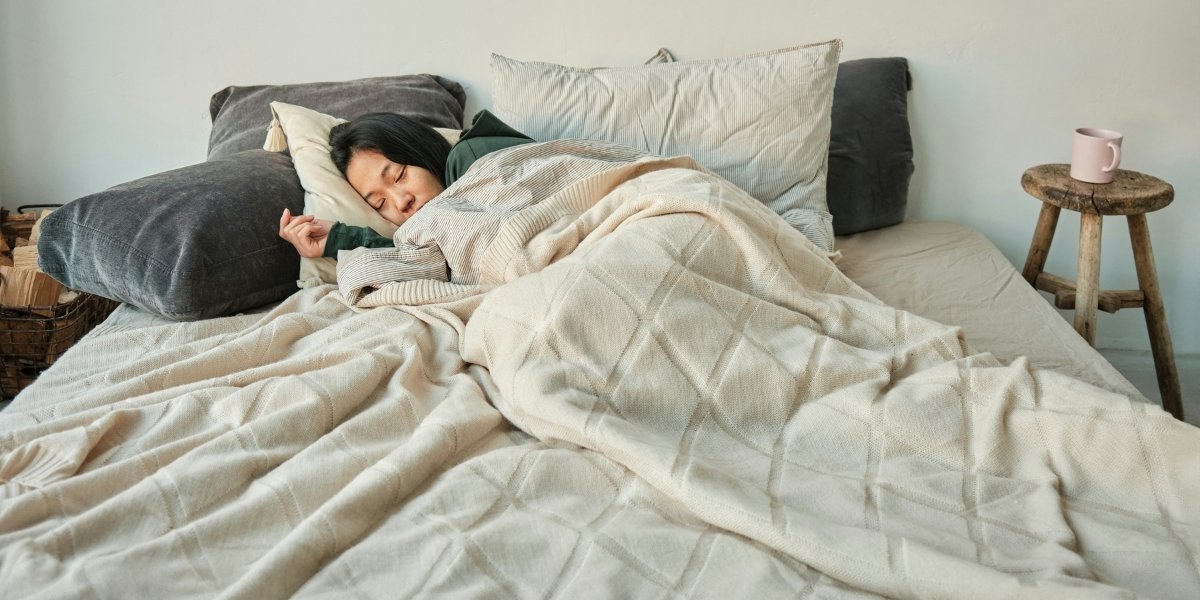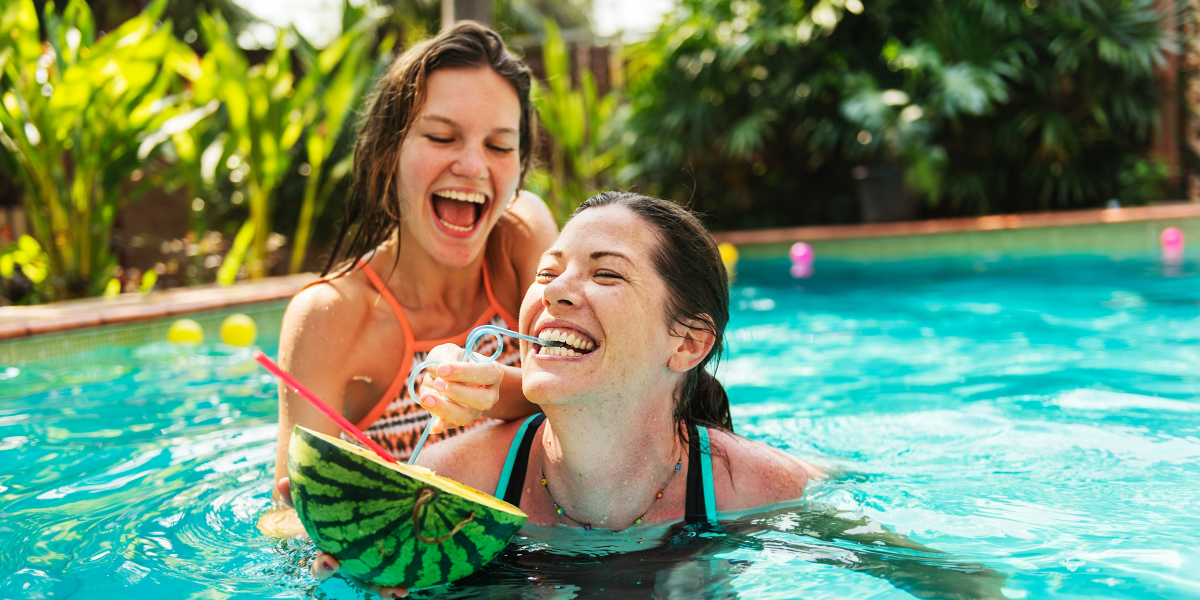How Personal Style Reflects Inner Confidence
Fashion is far more than a series of trends or seasonal wardrobe updates. It is a deeply personal form of expression that reveals not just taste but attitude, values, and self-perception. The way individuals choose to dress often serves as a direct reflection of their confidence—how they see themselves and how they want to be seen by the world. Confidence doesn’t stem from clothing itself, but the alignment between a person’s fashion choices and their sense of identity.
From bold statements to minimalist designs, every outfit carries meaning. When people dress in a way that feels true to themselves, the result often shows in their body language, mood, and how they interact with others.
Read Also: Building Global Fame: What It Takes to Rise Worldwide
How Does Fashion Express Confidence?
Confidence in fashion isn’t about being the most fashionable person in the room. It’s about authenticity and feeling empowered in what you wear. Clothing can influence both perception and behavior. When individuals feel good in their clothes, they stand taller, speak more freely, and project a sense of assurance.
Color, fit, and style all play a role in expressing inner confidence. Wearing bright, daring colors often signals boldness and creativity. Well-fitted garments can show a sense of control and pride in one’s presentation. Personal style choices—whether edgy, elegant, or laid-back—signal comfort in self-expression.
What Role Does Personal Style Play in Self-Confidence?
Personal style is the ongoing conversation between self-image and outward expression. As individuals grow more comfortable in their skin, their style tends to become more defined. It reflects clarity of identity and comfort in being seen.
Style is not about following rules or copying popular looks. Instead, it’s a curated reflection of mood, lifestyle, and personal values. Choosing clothes that resonate with your sense of self enhances how you feel and how others respond to you. It becomes easier to feel confident when what you wear supports who you are.
How Can Fashion Build Confidence Over Time?
Fashion can serve as a powerful tool for developing self-confidence. For those navigating changes in life—career transitions, aging, body transformations—what they wear can help reinforce a new mindset. Updating a wardrobe to reflect where you are now, rather than where you were, allows individuals to feel more aligned with the present version of themselves.
Building a wardrobe that suits your body type, lifestyle, and personality reinforces positive self-perception. Over time, dressing with intention can change the way you approach your day and your interactions with others. Fashion becomes part of a larger process of self-respect and self-care.
What Makes Someone Look Confident in What They Wear?
Confident dressers tend to share a few characteristics: they wear clothes that fit well, they know their color palette, and they balance comfort with intention. They choose outfits that feel effortless because they’ve learned what suits their shape, personality, and environment.
Posture and presentation also amplify the message of confidence. Someone who walks into a room with purpose, meets the eyes of others, and owns their outfit—even if it’s understated—tends to be perceived as self-assured.
Confidence is not about seeking approval. It’s about sending a clear message: this is who I am, and I’m comfortable being seen.
Why Do Fashion Choices Impact Mood and Behavior?
Research has shown that clothing can influence behavior, a phenomenon sometimes referred to as “enclothed cognition.” When individuals wear clothes that align with how they want to feel—whether powerful, relaxed, or creative—it can shift their mindset. A tailored blazer may encourage focus and authority. A flowing dress may foster ease and fluidity. The psychological connection between clothing and confidence is subtle but powerful.
When fashion supports emotional needs and personal expression, it creates harmony between internal feelings and external appearance. This alignment often leads to more positive social interactions, improved performance, and a stronger sense of self.
Can Fashion Choices Change Over Time?
Fashion evolves alongside life stages, experiences, and shifting priorities. What once felt empowering may no longer serve the same purpose. Changing your style doesn’t mean abandoning confidence; it often means refining it. Each shift in fashion preference can reflect growth, maturity, or a change in values.
Whether someone experiments with vintage fashion, embraces athleisure, or leans into structured minimalism, each phase represents a deeper understanding of what makes them feel confident. The journey of style is a mirror to personal development.
Read Also: Spring Into a Better Mood: Tips for a Happy and Energized Season
Dressing With Confidence Begins Within
Fashion is a mirror of how people see themselves and how they choose to present that self to the world. The most confident dressers are not necessarily trendsetters or influencers—they are those who dress with purpose, authenticity, and self-awareness. When individuals understand what makes them feel strong and comfortable, it becomes easier to express that confidence through their fashion choices.
In the end, clothing is not just about appearance—it’s about identity. And when fashion is aligned with self-perception, it becomes one of the most powerful tools for expressing and reinforcing personal confidence.












